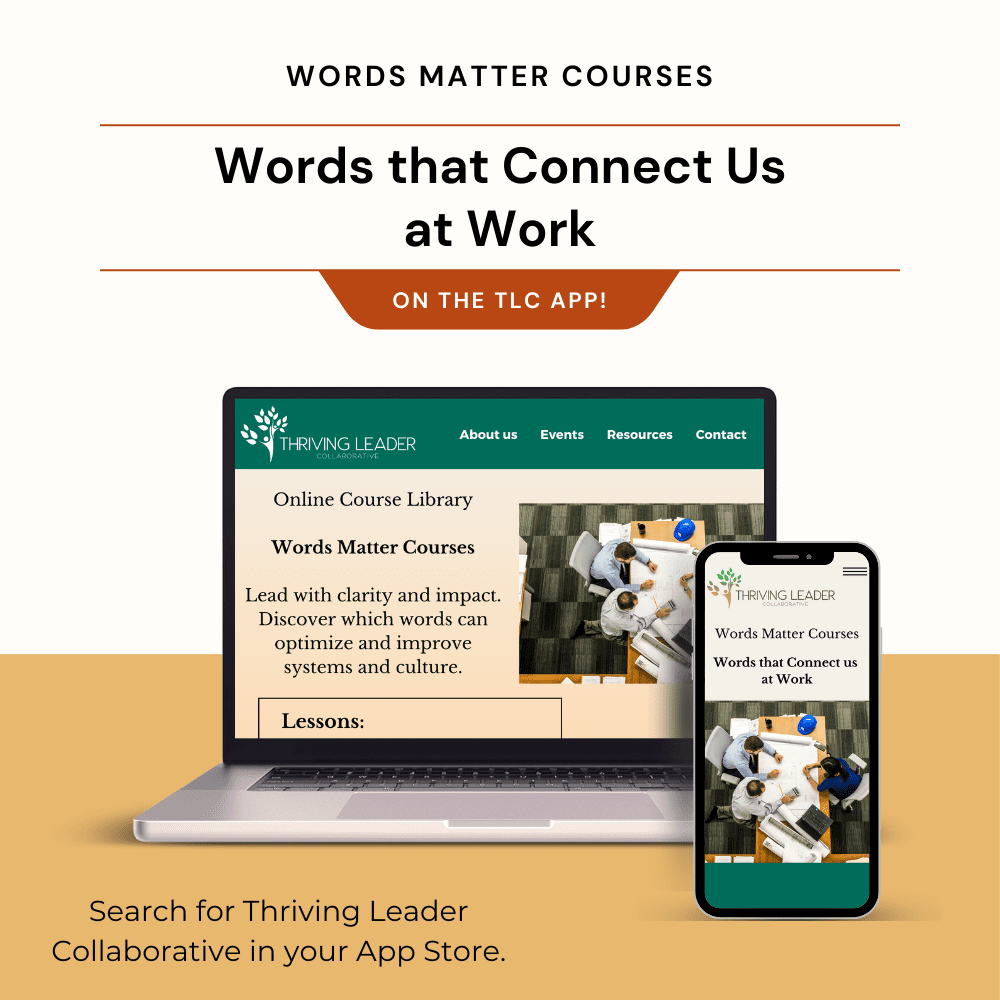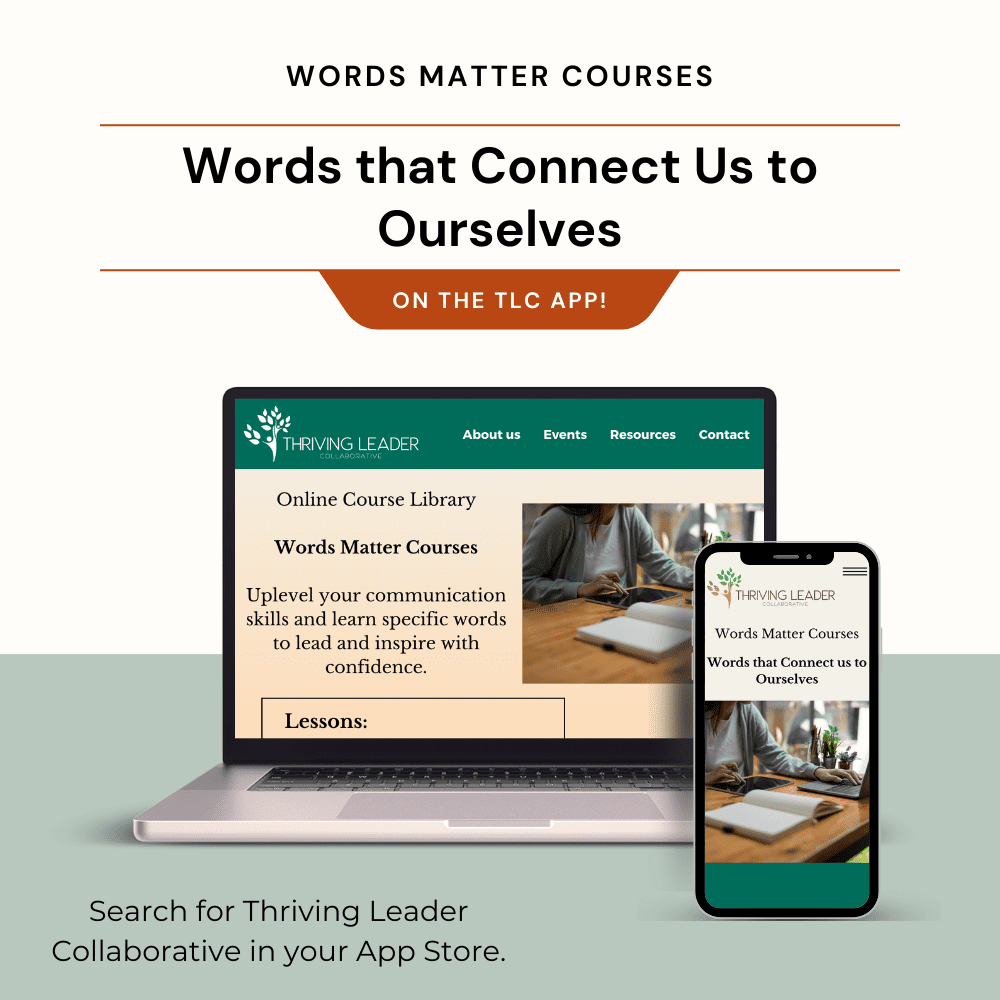Become a Chaordic Expert: Lead and Embrace Change
By Terre Short
Change is inevitable. As a leader, how you perceive, communicate, and guide change can make all the difference. Chaordic experts embrace change and provide stability amidst uncertainty. They bring order to the inherent chaos in times of transition. How do you develop skills to lead as a chaordic expert?
Below are a few ways to enhance your ability to be a continual change agent, one who sees all change through the lens of opportunity and growth.
Reframe Change – The first step is to reframe change opportunities through intentional perspective taking. Consider these key questions:
- What aspects of this change can I influence or control?
- What potential positives or opportunities does this change present?
- What can I learn about myself or the situation from this change?
- Given the above reflections, how will I respond or lead others through this transition?
Reframing gives you power over change rather than feeling powerless. It puts you in the driver’s seat, seeing possibilities rather than problems. Reframing is an ongoing exercise as new developments emerge. Maintain an open, learning mindset. Click here for our reframing tool.
Communicate Vision
Chaordic leaders provide a clear vision that gives meaning and purpose during change. They paint a vivid picture of the future state and why it matters. This vision-centric communication is the North Star guiding decisions and actions (Sinek, 2011). Once you believe you have communicated the why and tied the change to your vision, do so again, and again – intentionally, consistently, routinely.
Supplement vision statements with transparent explanations of the change process. Address what, when, how, and why at each step. Welcome questions and dialogue. Create feedback loops to gauge understanding and sentiment through one-on-one conversations, team meetings, surveys, focus groups, and town halls.
Problem Solving & Innovation – Chaordic leaders leverage everyone’s problem solving abilities. They know improvements and solutions bubble up from those closest to the work. Provide the space for collaborative problem solving and continuous improvement. Seek input from diverse voices across silos and levels. Diversity of thought breeds innovation. Invite everyone to explore the benefits of a new initiative or a change in process. Embrace the uncertainty others might offer as an avenue for deeper exploration.
Challenge teams to get creative and strategically analyze options. Assume possibilities are endless rather than defaulting to past models. Consider radical ideas that disrupt the status quo. Experiment with prototypes and pilots. Maintain top-down support for emergent bottom-up solutions (Uhl-Bien & Arena, 2018).
Growth Mindset – Foster a growth mindset culture where people view abilities as expandable through effort. Praise employees for embracing new skills. Model vulnerability and learning from failures. Tie change to development opportunities. Promote lateral moves to build cross-functional skills.
Resilience & Mindfulness – Change causes uncertainty, driving a need for resilience. Build resilience skills in others by teaching stress management, optimistic thinking, and emotional regulation tactics. See the new Thriving Leader Collaborative app for some examples. Look for “Pocket Practices” that you can share with your teams. Consider self-care initiatives like exercise challenges, nature walks, or meditation sessions. Model healthy boundaries and recovery practices.
Personally cultivate mindfulness through regular reflective practices like journaling, meditating, and walking in nature. Mindful leaders exude calmness and stay fully present. They respond skillfully versus reacting emotionally. Mindfulness also enables clarity of purpose and values crucial for navigating ambiguity and change. Sharing your own wellbeing practices helps to normalize mindfulness for your team.
Continuous Improvement – Sustain momentum by hardwiring continuous improvement practices. Establish regular checkpoints for feedback on change initiatives. Analyze results, gather insights, adjust course, and repeat. Make refinement an ongoing expectation, not just a project end stage.
Enable people to iterate processes once changes roll out. Provide tools to identify issues and pilot solutions. Recognize improvement contributions and celebrate wins. Continual fine-tuning ensures changes stick while optimizing for high performance.
Change is guaranteed, but distress amidst change is optional. How leaders perceive, communicate, and involve people makes all the difference. Chaordic experts take charge of change by reframing it as an opportunity. They paint a compelling vision of the future while inviting participation in shaping it. With resilience, mindfulness, and continuous improvement, organizations thrive through ongoing change rather than simply surviving. Leading as a chaordic expert turns change from a threat into a growth catalyst.
References
Sinek, S. (2011). Start With Why: How Great Leaders Inspire Everyone to Take Action. Portfolio.
Uhl-Bien, M., & Arena, M. (2018). Leadership For Organizational Adaptability: A Theoretical Synthesis and Integrative Framework. The Leadership Quarterly, 29(1), 89-104.








